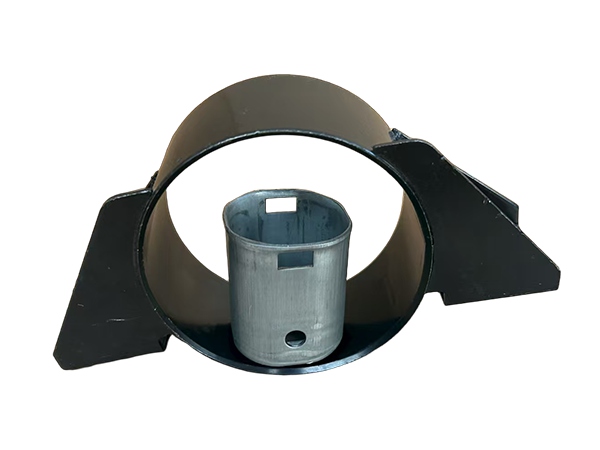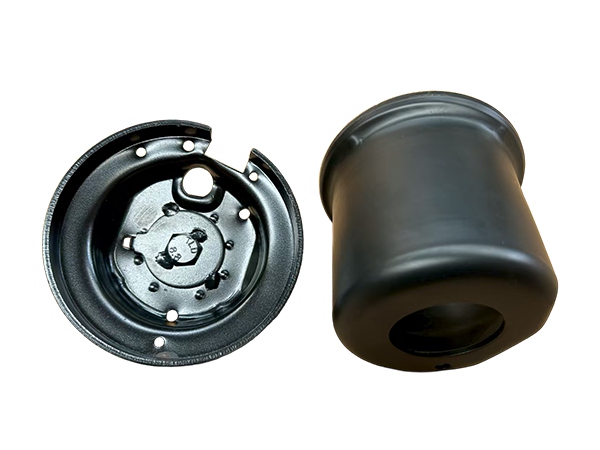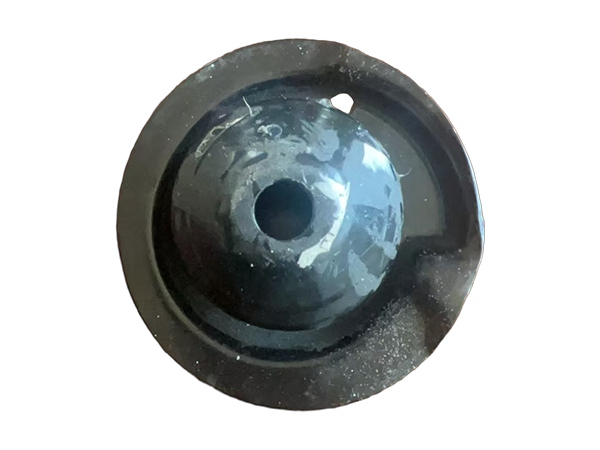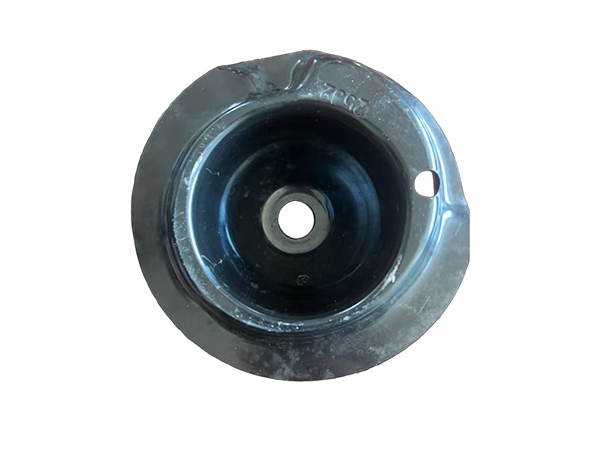Quality Control and Inspection Methods for Automotive Hardware Fittings
Publish Time:2025-08-12 18:10:38 Author:Hengyuntai Views:191
Automotive hardware fittings (e.g., bolts, brackets, clips, hinges) are critical for vehicle safety, performance, and longevity. Rigorous quality control (QC) and advanced inspection methods ensure these components meet stringent industry standards. Here’s how manufacturers maintain quality:
1. Key Quality Control Stages
A. Raw Material Inspection
Material Certification: Verify chemical composition (via spectrometry) and mechanical properties (tensile strength, hardness) of raw metals (e.g., steel, aluminum, alloys).
Surface Quality: Check for defects like cracks, rust, or impurities in sheets/coils.
B. In-Process Monitoring
Dimensional Checks: Use calipers, micrometers, and gauges to validate critical dimensions during stamping, bending, or machining.
Tooling Wear Monitoring: Regularly inspect dies and molds for wear to prevent defects like burrs or dimensional drift.
Process Parameters: Control press speed, force, and lubrication to ensure consistent forming.
C. Post-Production Validation
Visual Inspection: Identify surface defects (scratches, dents, corrosion) under magnified lighting.
Functional Testing: Test moving parts (e.g., hinges, latches) for smooth operation and fatigue resistance.
2. Advanced Inspection Techniques
A. Dimensional Metrology
CMM (Coordinate Measuring Machine): Accurately measure complex geometries and tolerances (e.g., bracket hole alignment).
Optical Scanners: Create 3D models of parts to compare against CAD designs for deviations.
B. Non-Destructive Testing (NDT)
X-Ray Inspection: Detect internal voids, cracks, or inclusions in critical components.
Dye Penetrant Testing: Identify surface cracks invisible to the naked eye.
Magnetic Particle Inspection: Reveal subsurface defects in ferromagnetic materials.
C. Mechanical & Environmental Testing
Tensile/Hardness Tests: Ensure materials meet strength requirements (e.g., ISO 6892, ASTM E8).
Corrosion Testing: Subject parts to salt spray tests (e.g., ASTM B117) to validate coatings/zinc plating.
Vibration & Fatigue Tests: Simulate real-world conditions to assess longevity (e.g., engine brackets).
D. Coating & Surface Quality Checks
Thickness Gauges: Measure plating/coating thickness (e.g., zinc, chromium) to prevent premature corrosion.
Adhesion Tests: Verify coating durability via cross-hatch or scratch tests.
3. Industry Standards & Certification
ISO 9001/ IATF 16949: Mandatory quality management systems for automotive suppliers.
PPAP (Production Part Approval Process): Requires documented evidence of part quality before mass production.
AQL (Acceptable Quality Level): Statistical sampling to define defect tolerance in batches.
4. The Role of Automation & AI
Machine Vision Systems: Automatically detect surface defects and dimensional inaccuracies at high speed.
SPC (Statistical Process Control): Use real-time data to predict and prevent process deviations.
AI-Powered Predictive Maintenance: Monitor tooling wear and machine health to avoid unplanned downtime.
Related News
-
Common Issues and Safety Hazards of Insulation Layer Damage in Battery Press Plates
Common Issues and Safety Hazards of Insulation Layer Damage in Battery Press Plates Battery press plates, a critical comp...
-
In-Depth Analysis of Loosening Issues in Automotive Hardware Fittings
Loosening of automotive hardware fittings (e.g., bolts, nuts, brackets, clips) is a critical concern that compromises veh...
-
Quality Control and Inspection Methods for Automotive Hardware Fittings
Automotive hardware fittings (e.g., bolts, brackets, clips, hinges) are critical for vehicle safety, performance, and lon...
-
Automotive Metal Stamping Parts: Process, Applications, and Advantages
Automotive metal stampingis a high-precision, high-volume manufacturing process that uses presses and dedicated tooling (...
-
Maintenance Secrets for Automotive Hardware Fittings
Maintenance Secrets for Automotive Hardware Fittings While often overlooked, the proper care of automotive hardware fitti...








